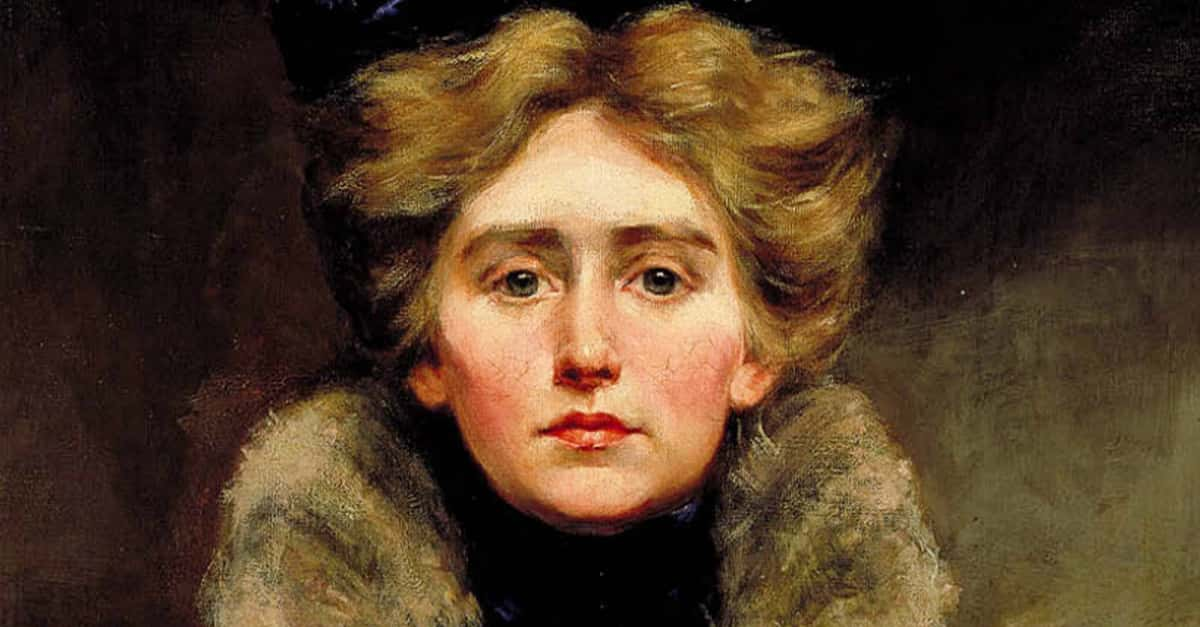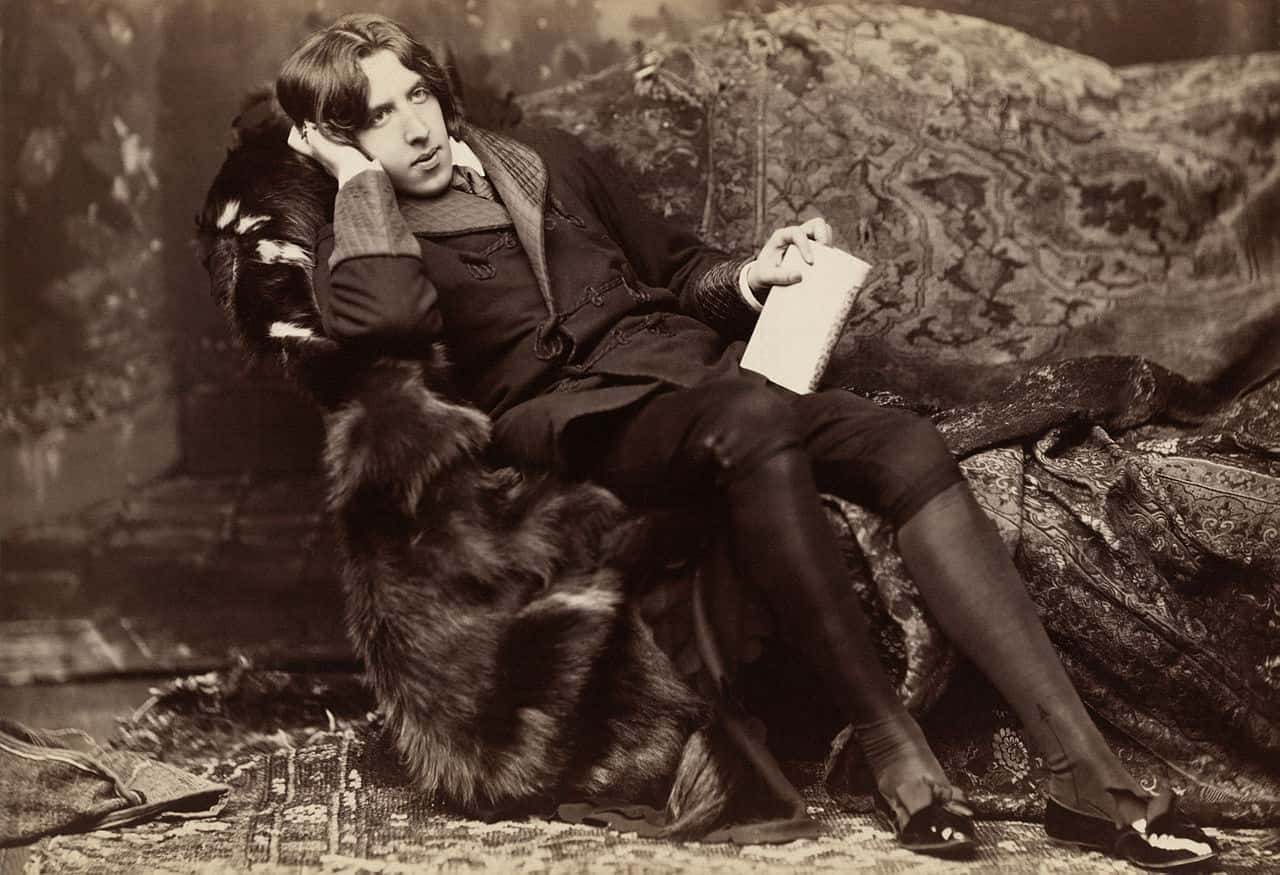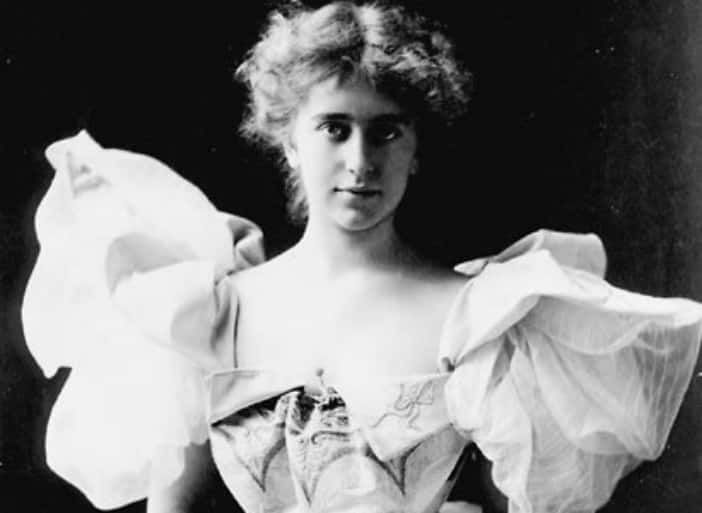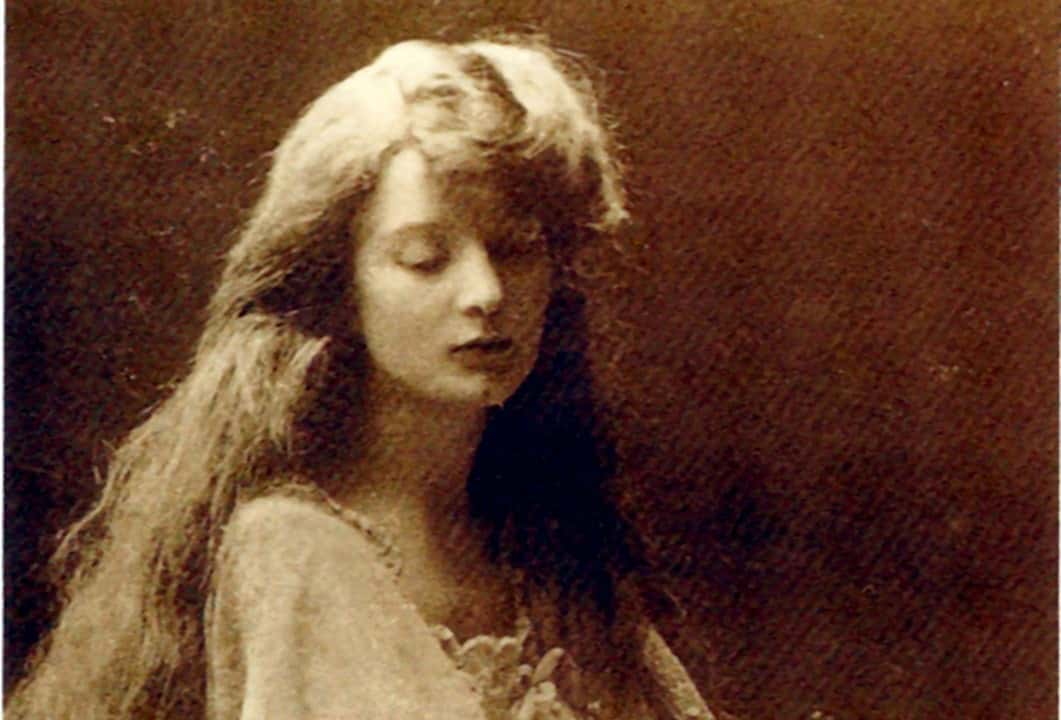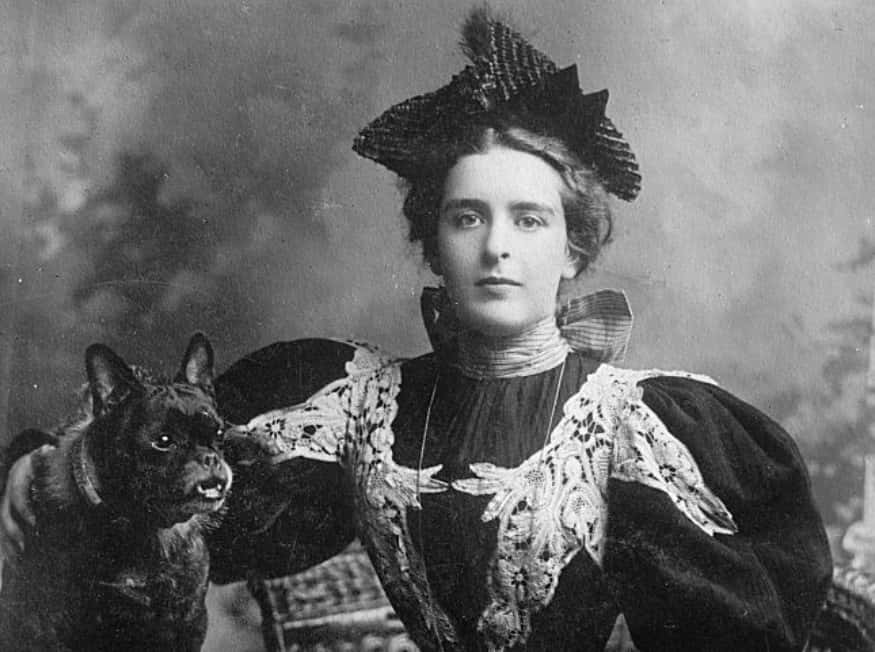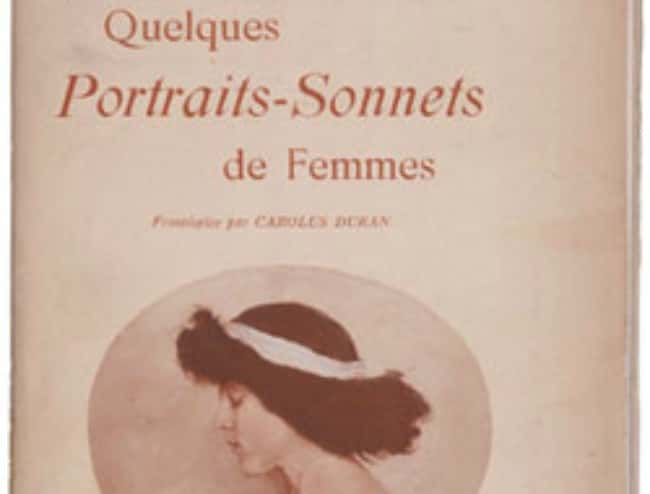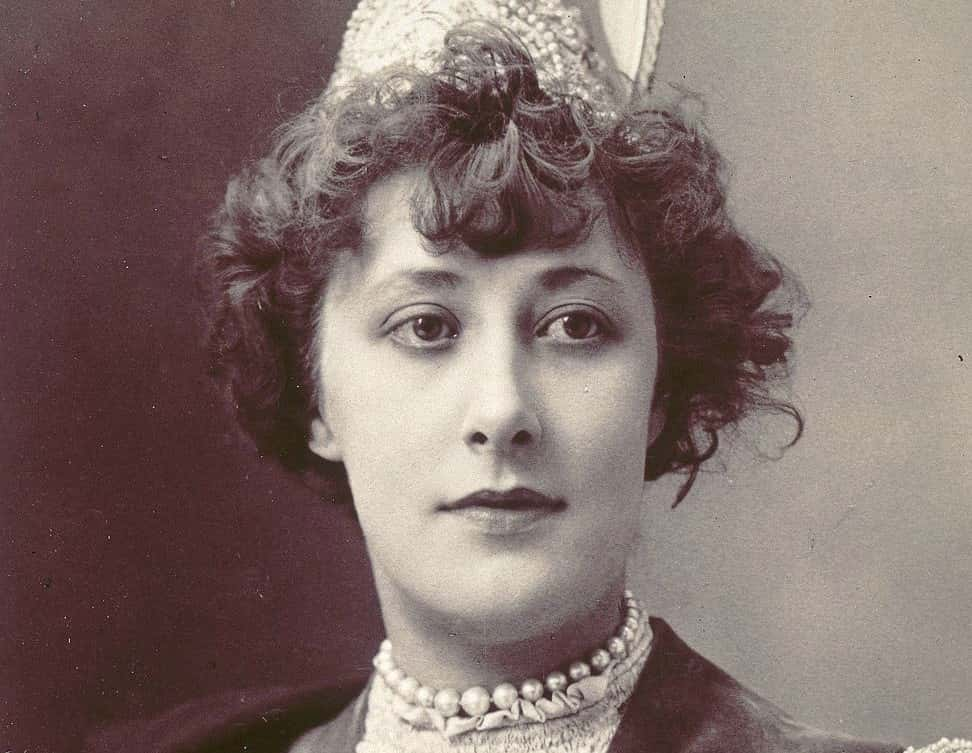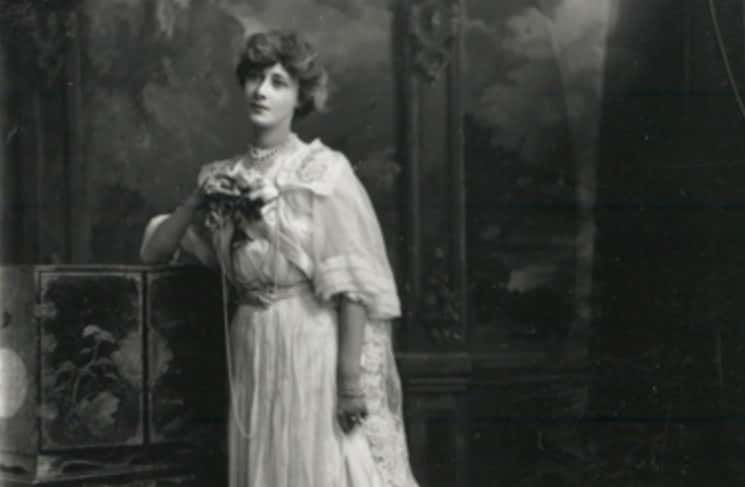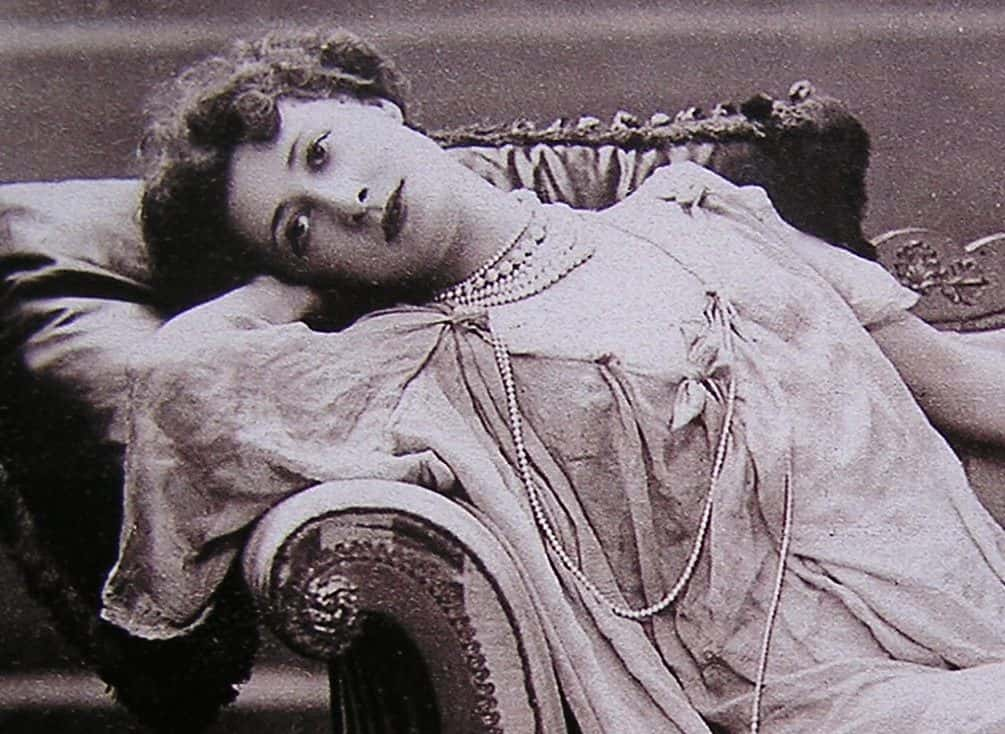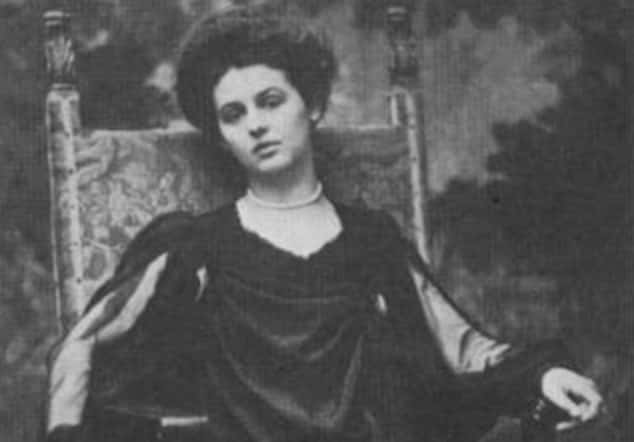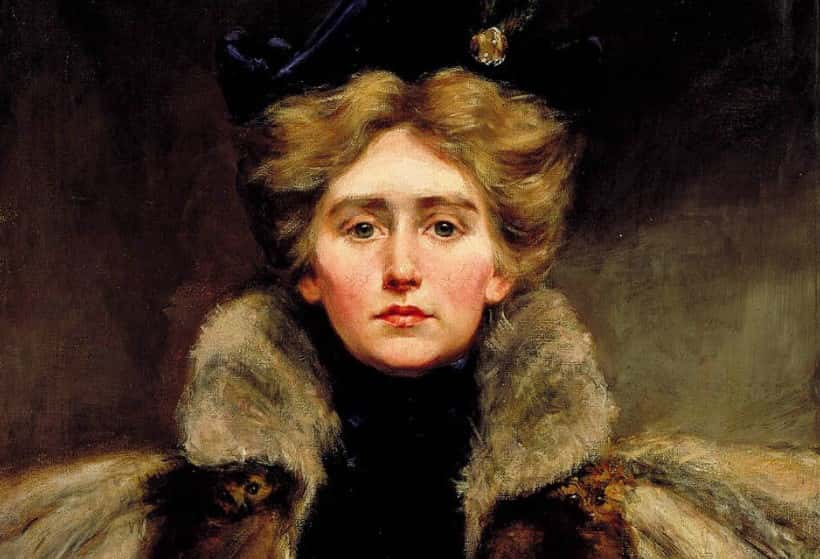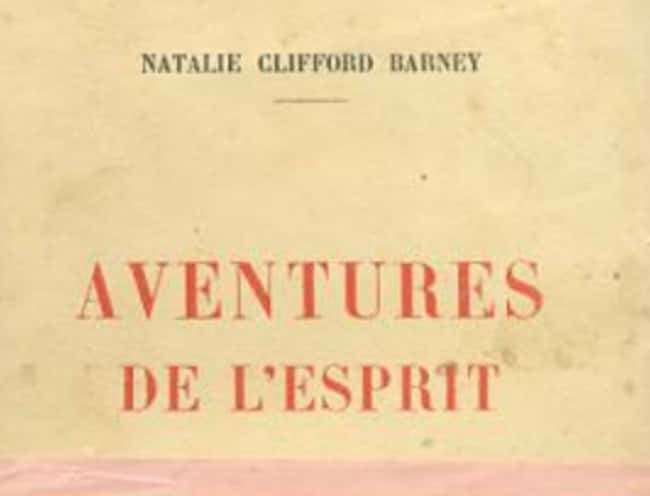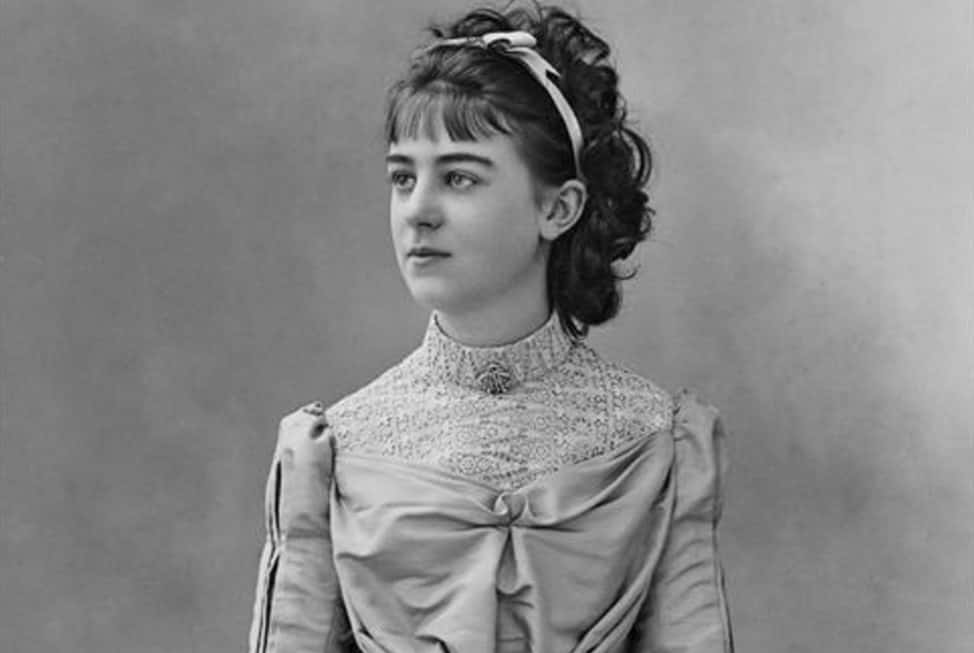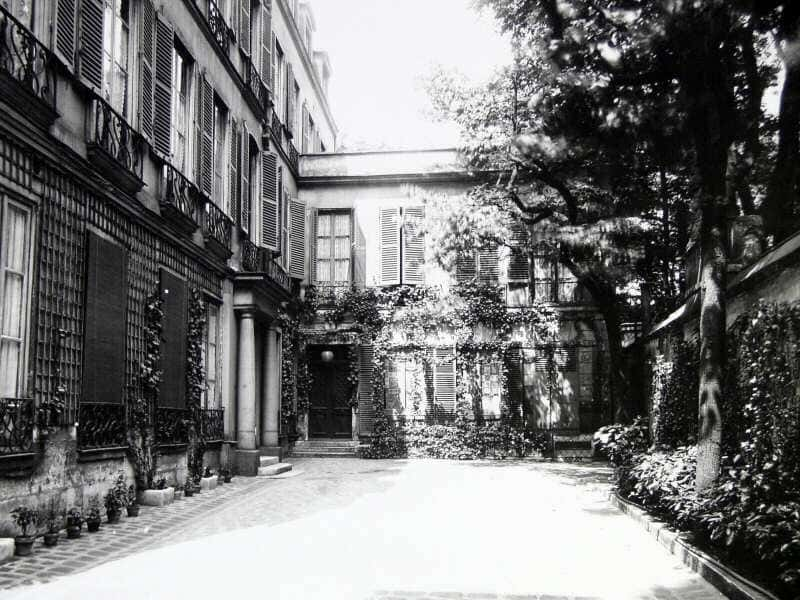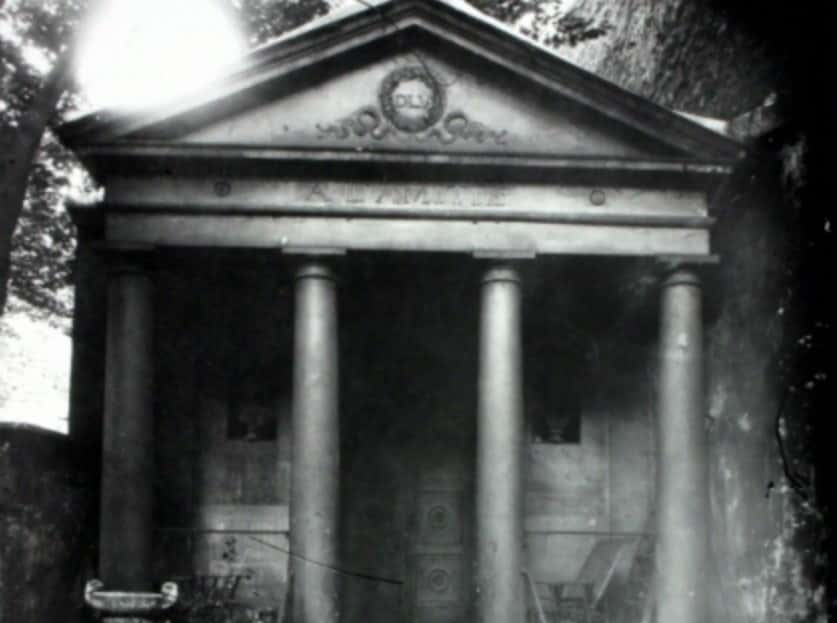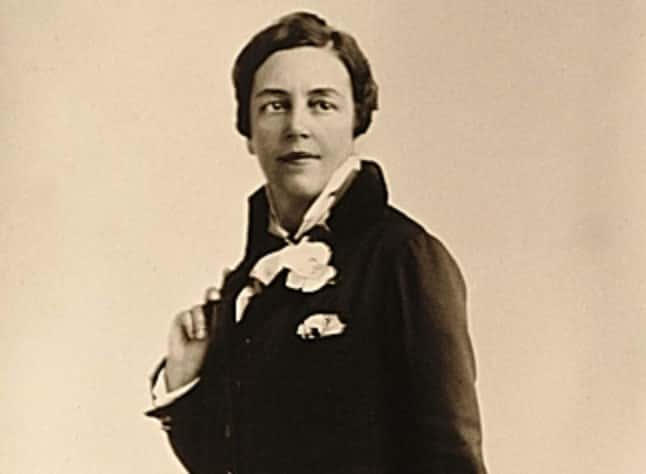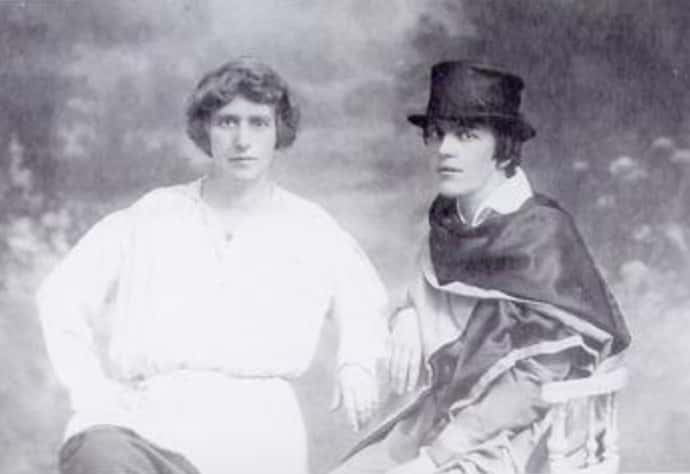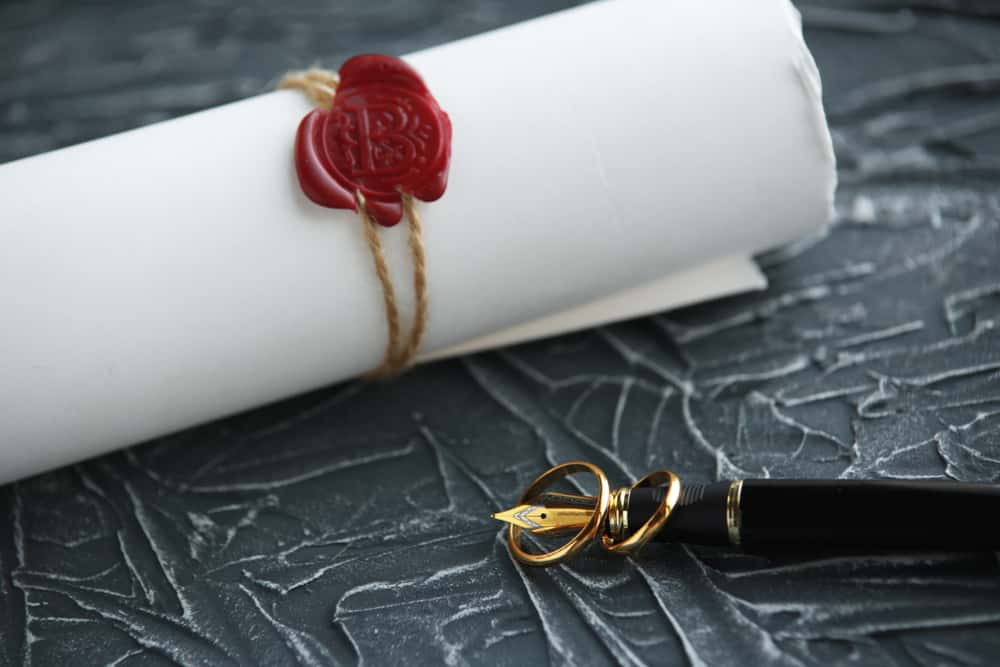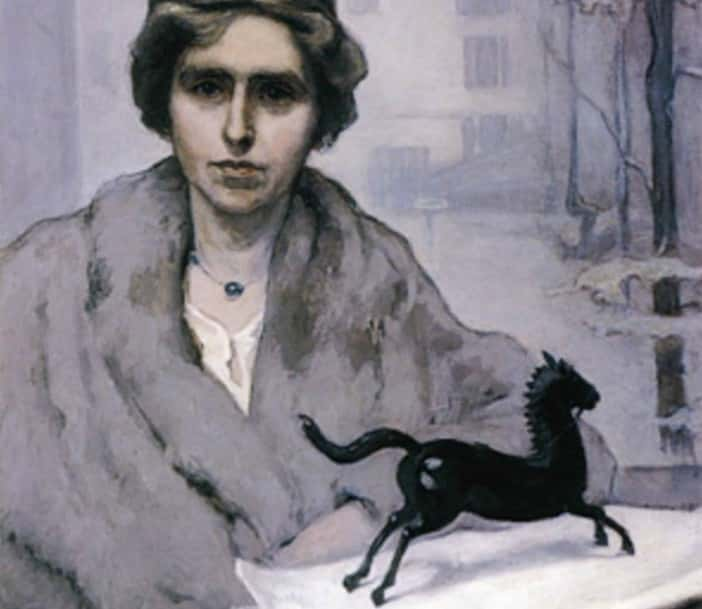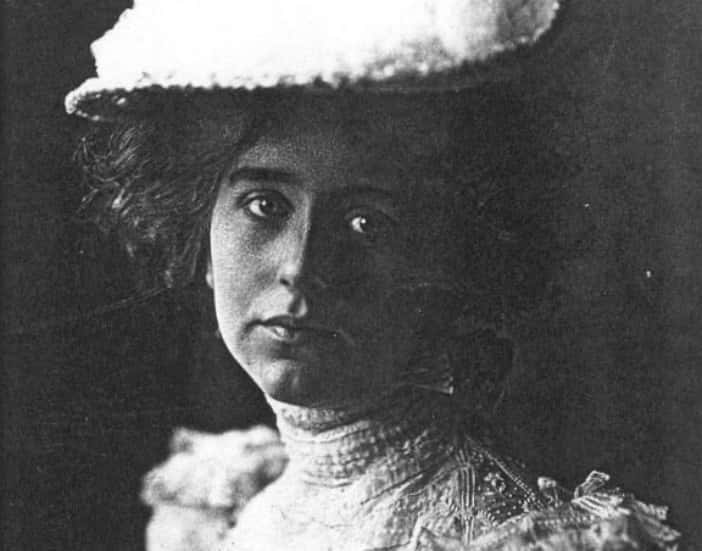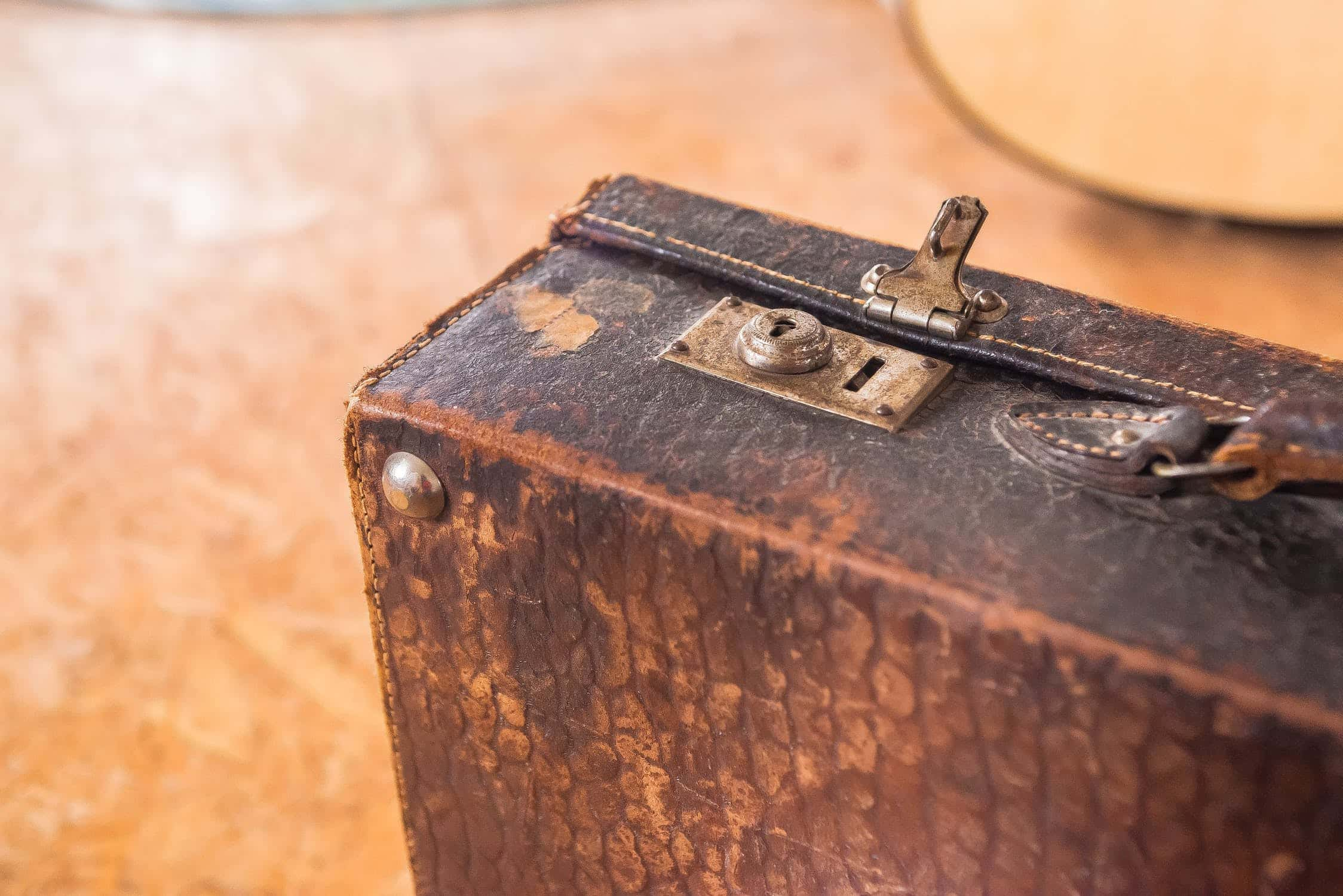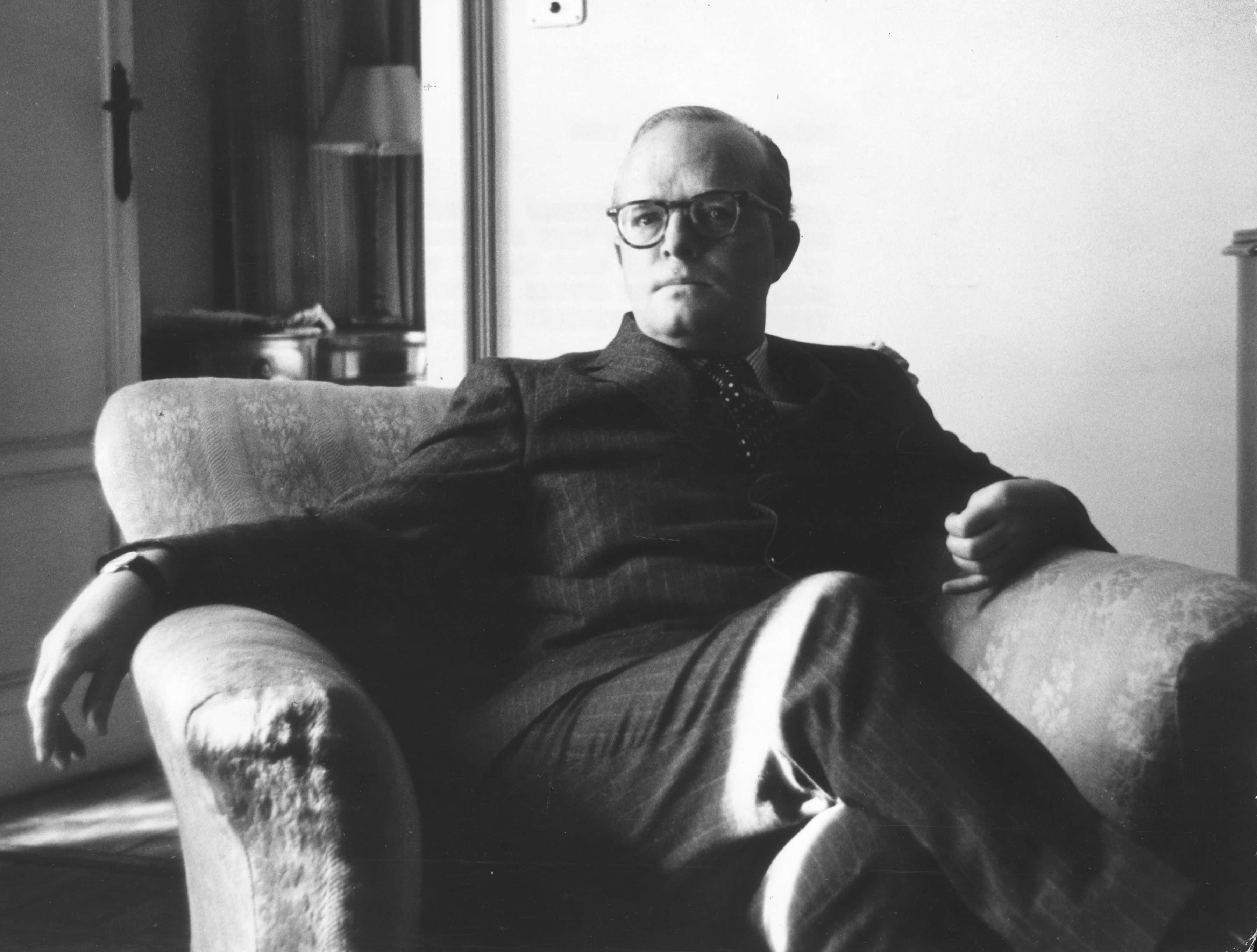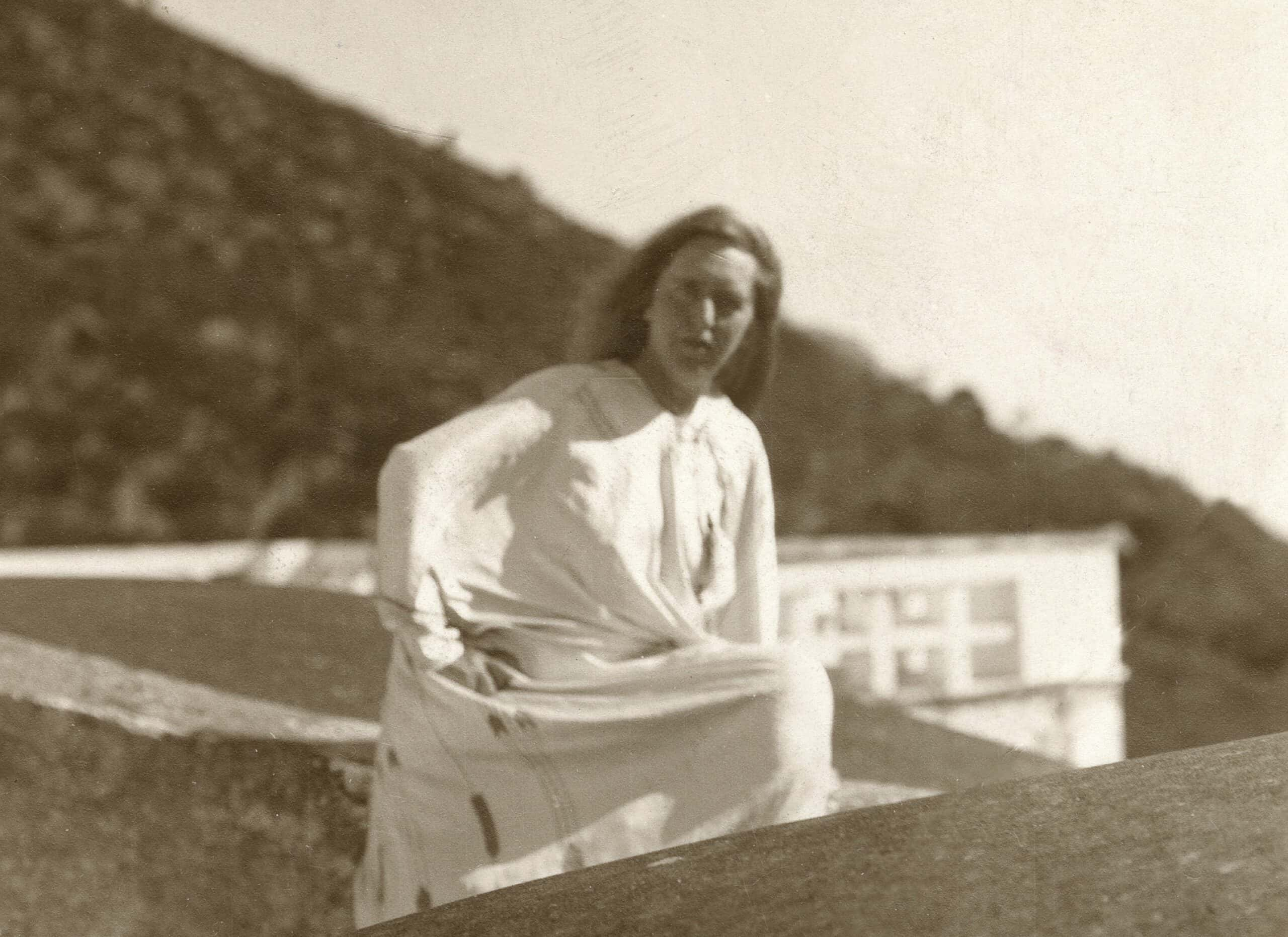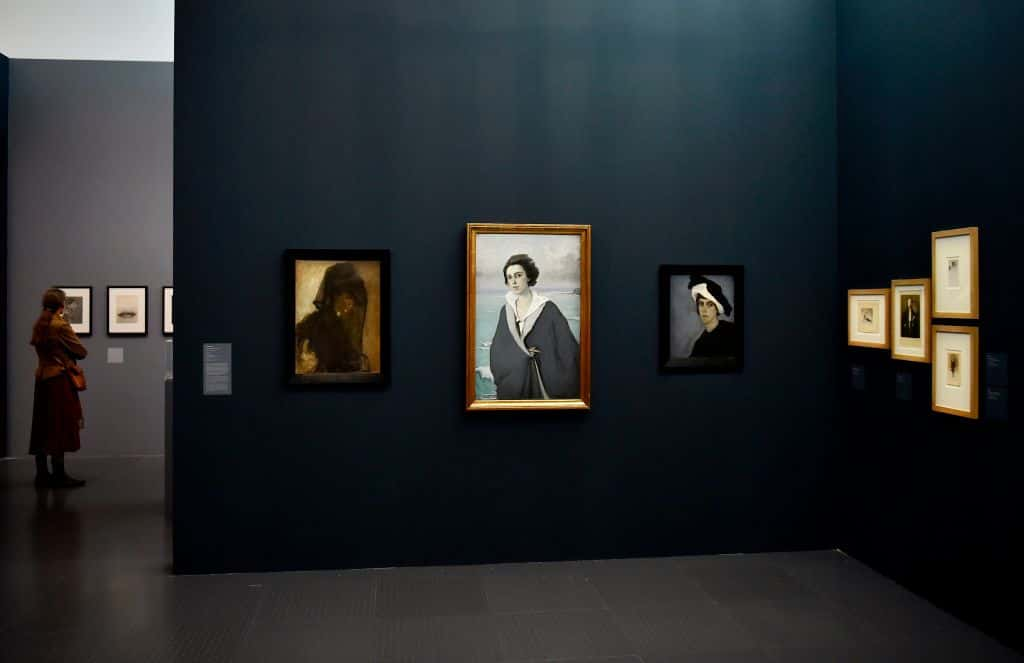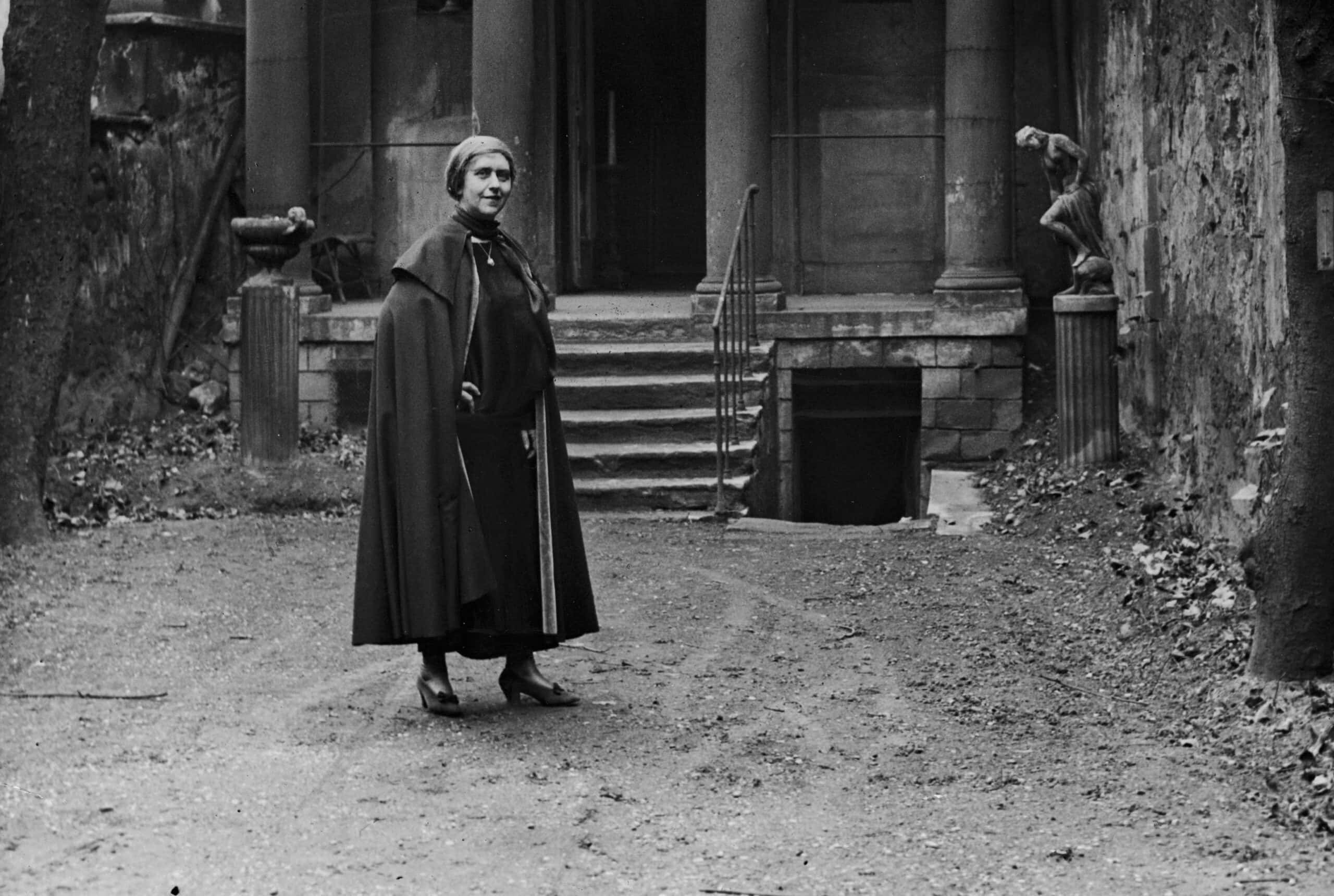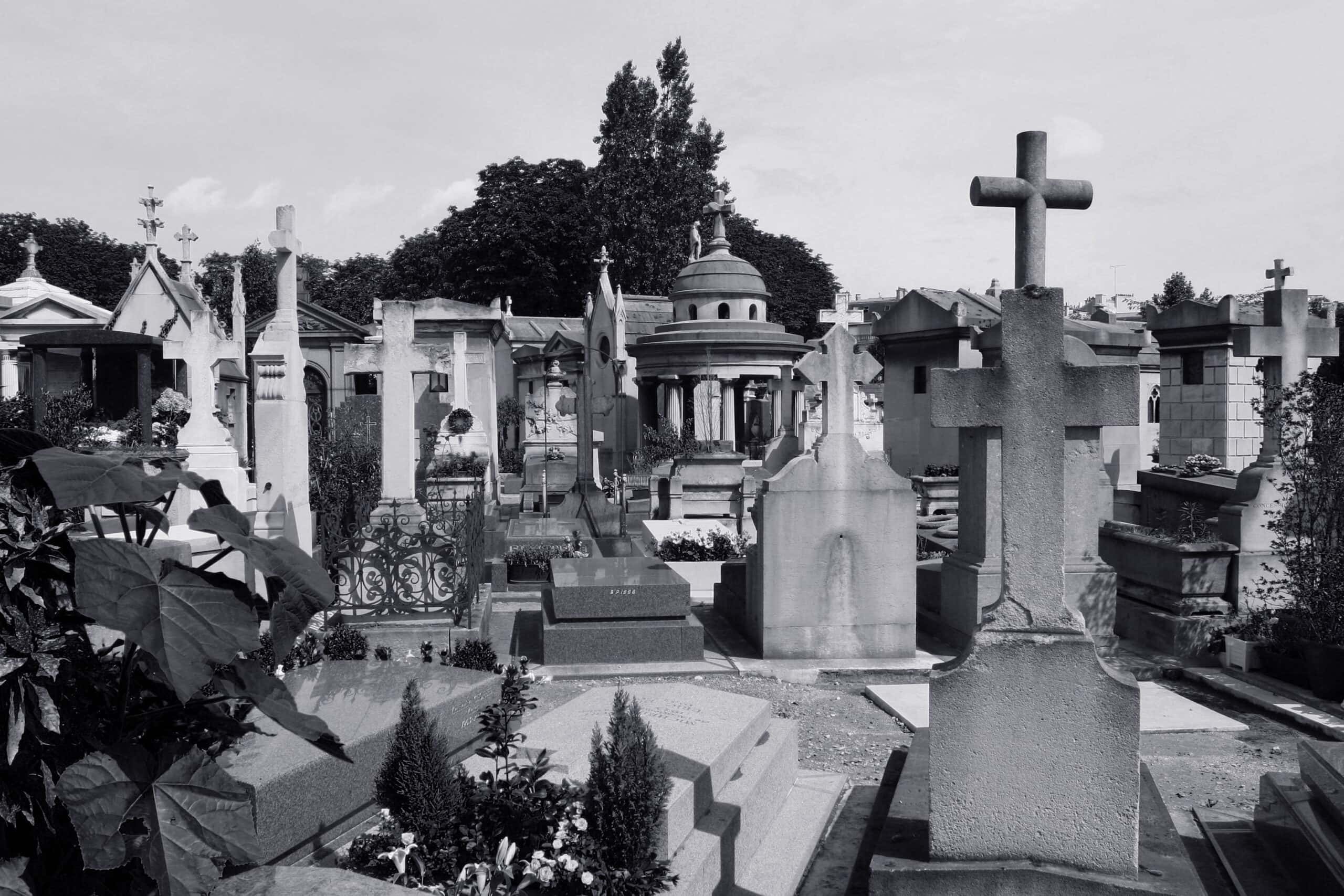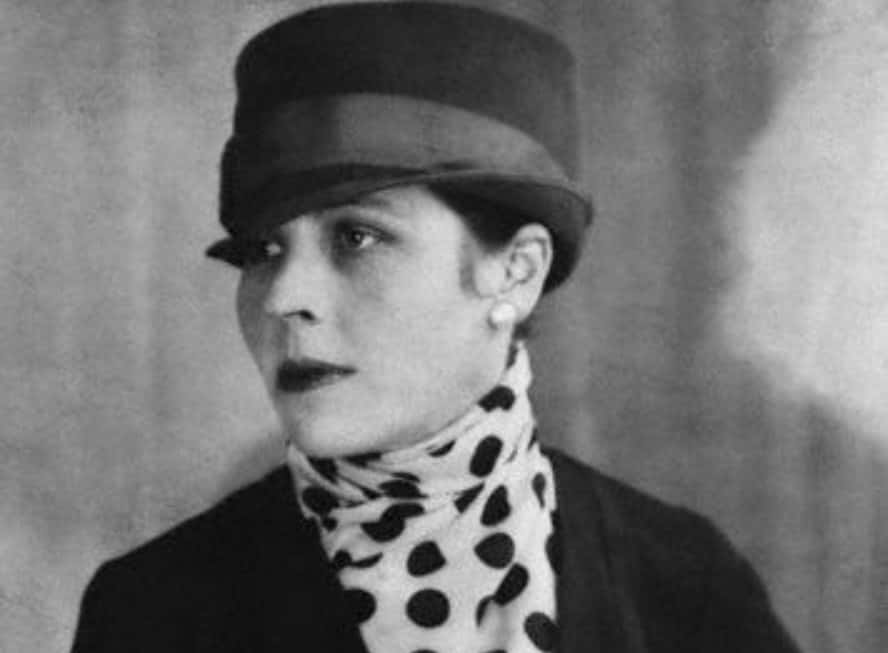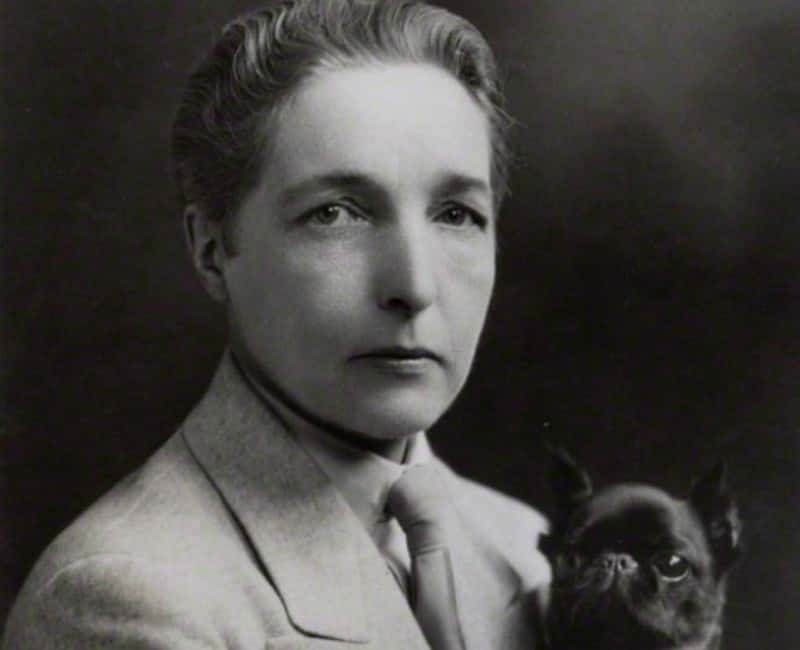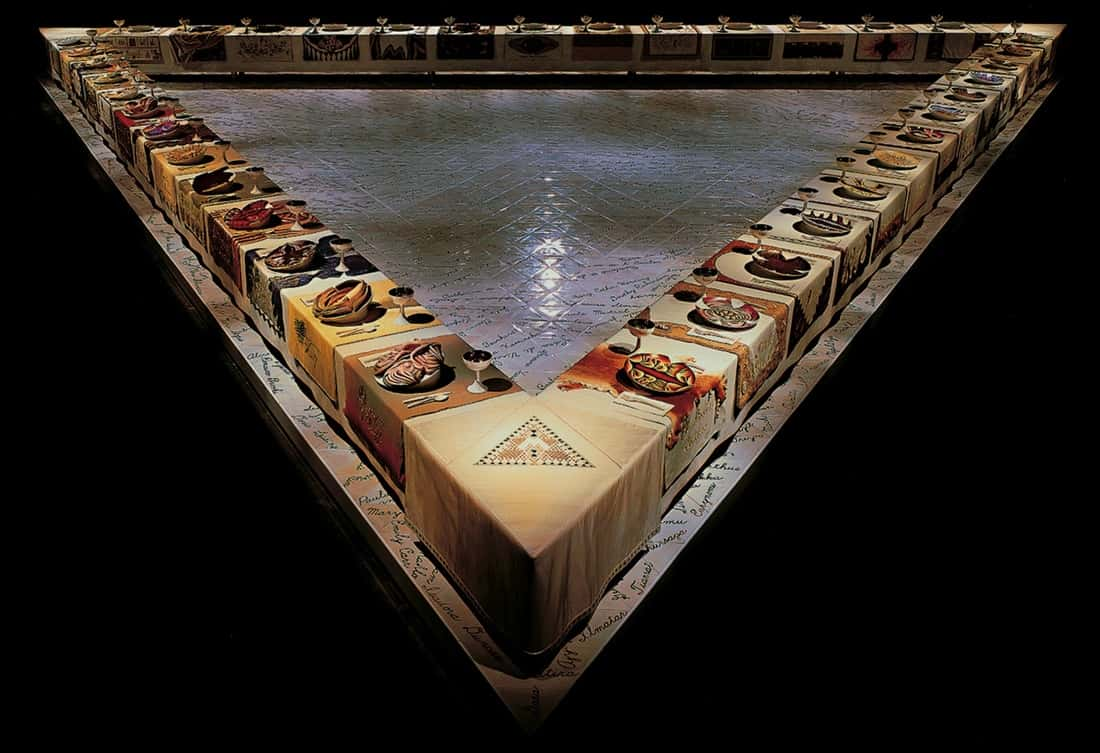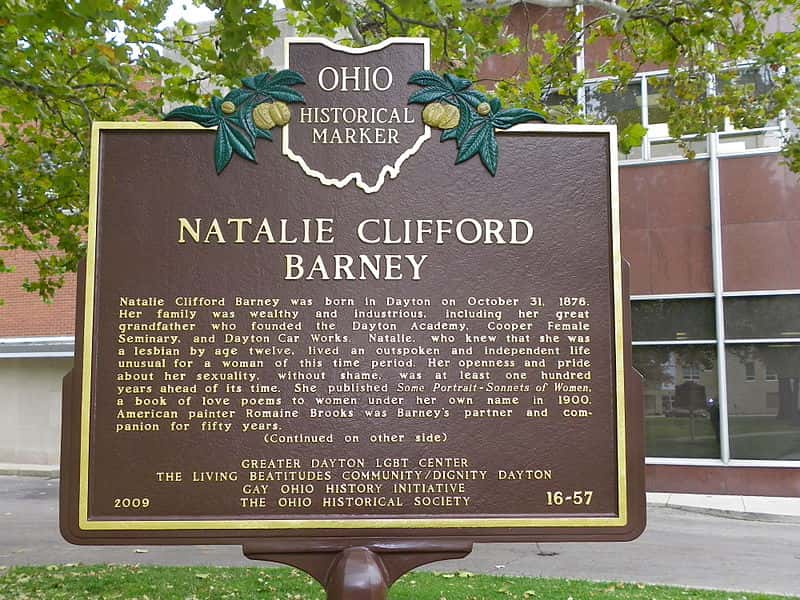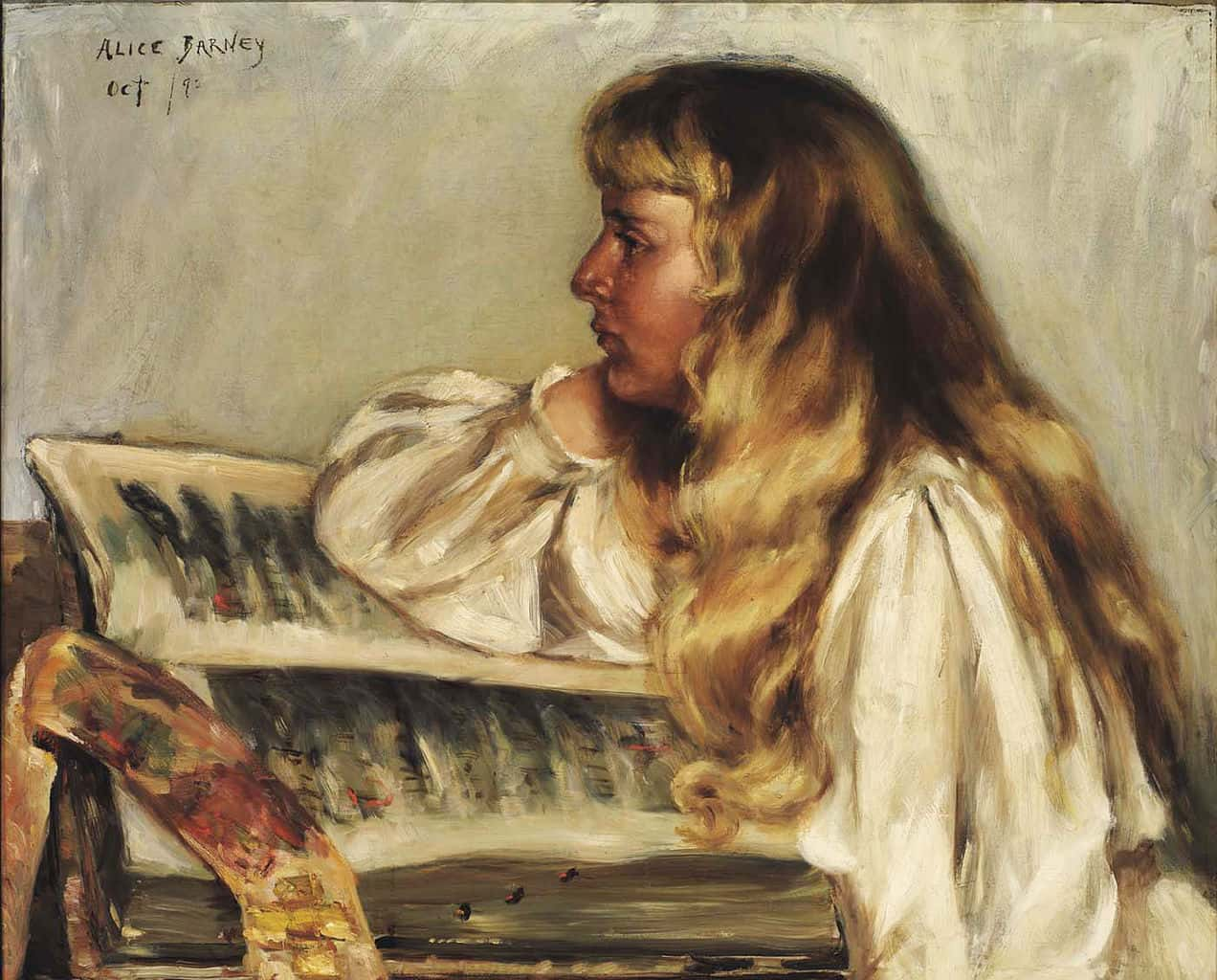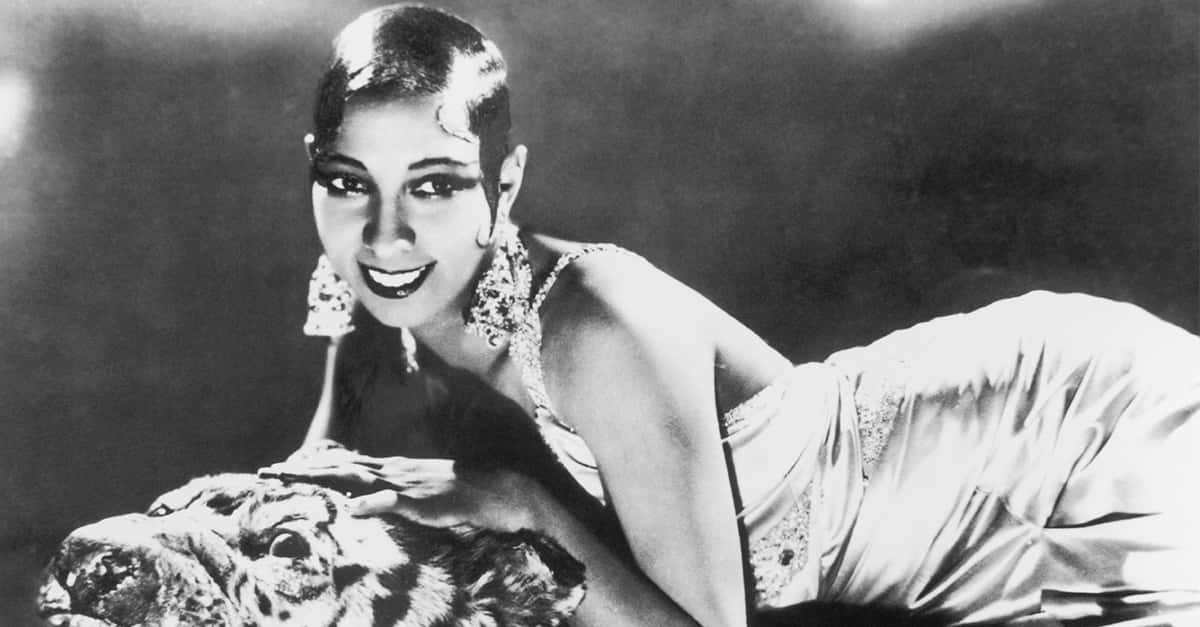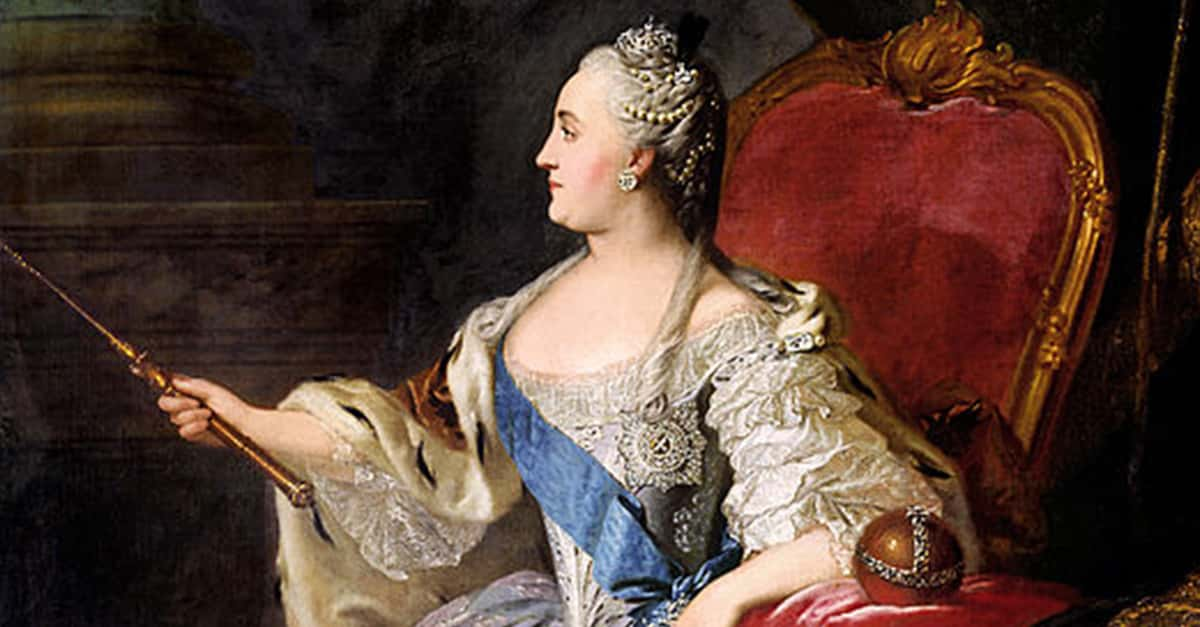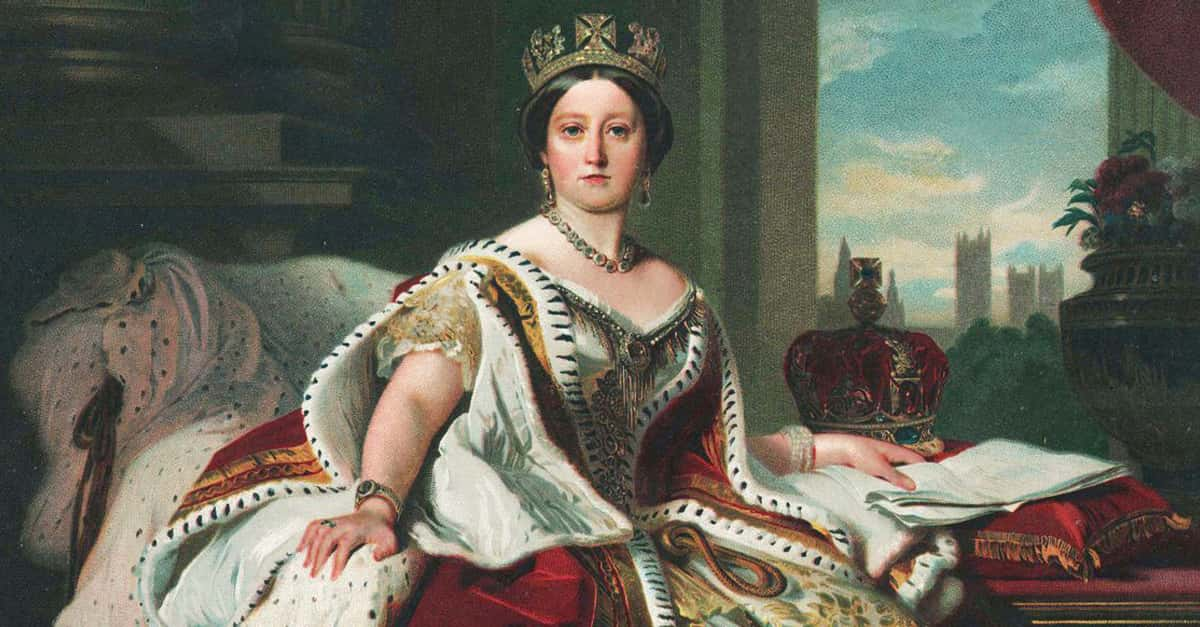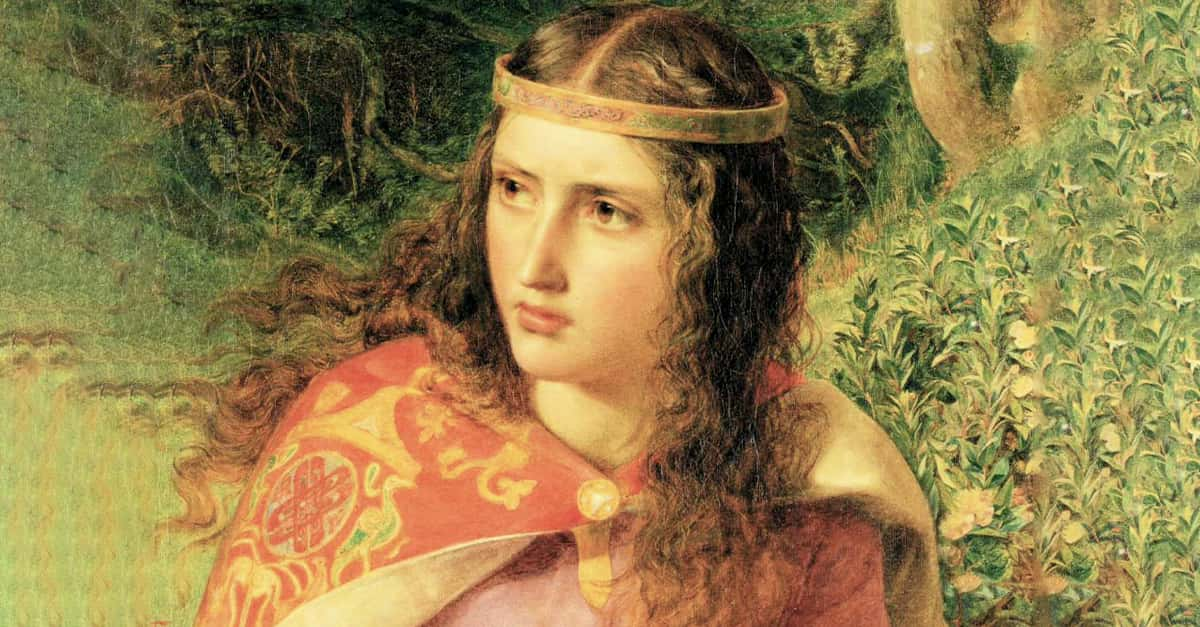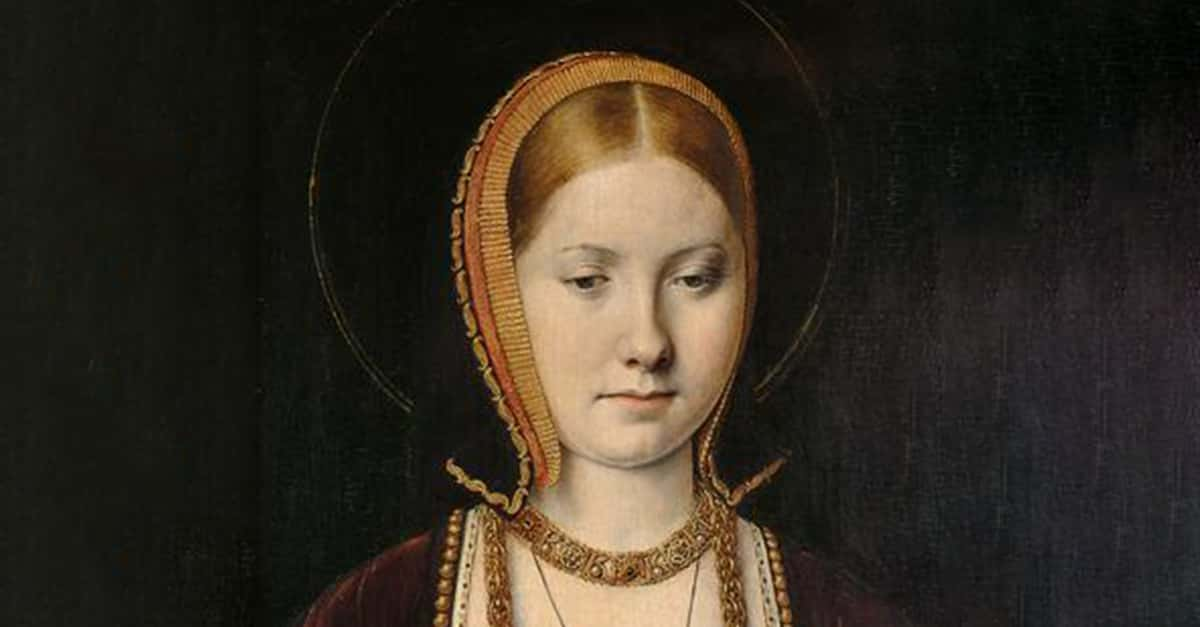Called "The Amazon" for her uncompromising feminism, Natalie Clifford Barney vowed to live on her own terms—and she certainly achieved that goal. As the host of her own salon and a notorious, bed-hopping lesbian, Clifford Barney was the scandal-maker of the Parisian artistic community. Get to know a woman unlike any other: This is the story of Natalie Clifford Barney.
1. She Was Born Rich
Natalie Clifford Barney was born on Halloween, October 31, 1876. Her father, Albert Clifford Barney, was the president of the Barney Railway Foundry Company, and one of the wealthiest men in Dayton, Ohio. She and her younger sister, Laura, led a privileged life marked by boarding schools, riding lessons, and summers abroad.
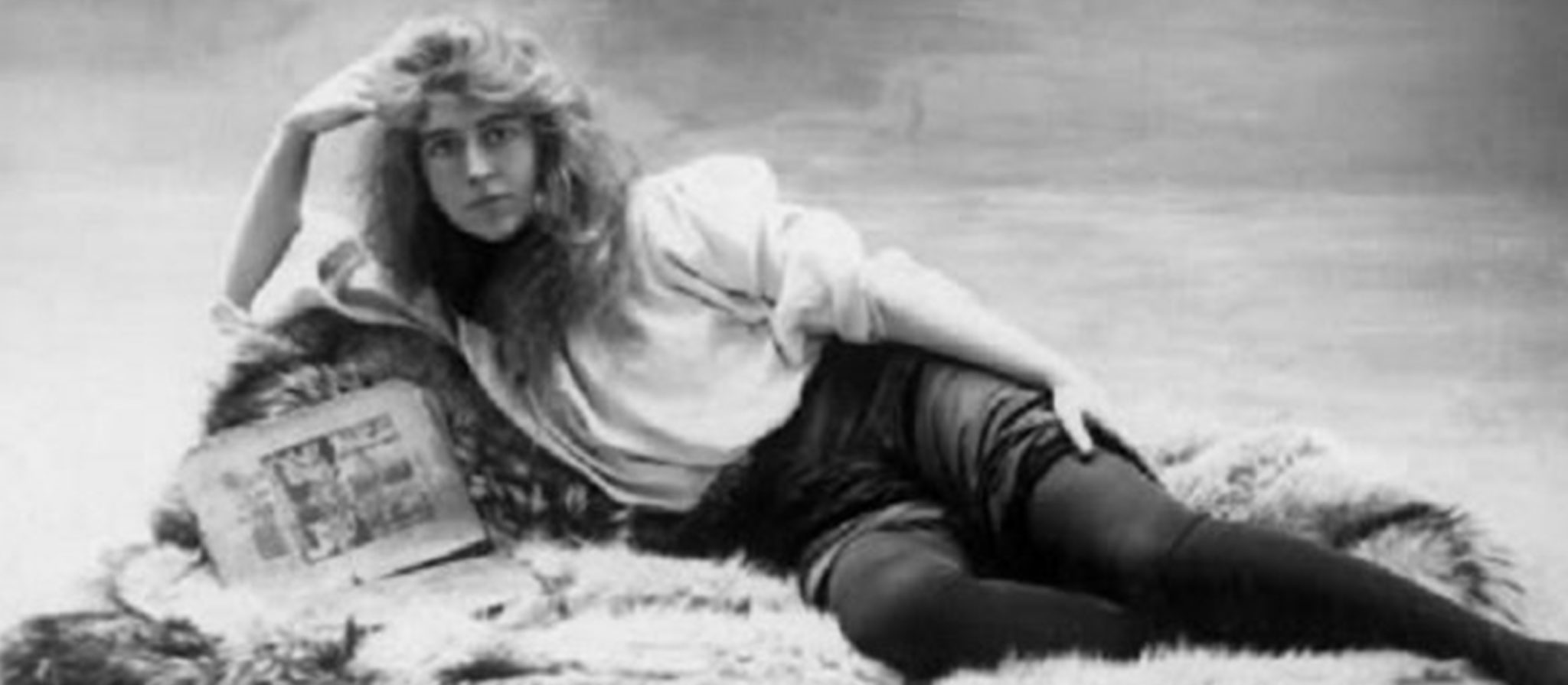
2. She Was A Wilde Child
When she was five years old, Natalie had a chance encounter with Oscar Wilde, who was then on a speaking tour of America. Little Natalie literally ran into the famous writer at a hotel in Long Beach, New York, where her family was on vacation. While later a mere anecdote for Natalie, the meeting had a life-changing effect on her mother.
Wilde invited Natalie and her mother to join him for dinner. By the end of the evening, Wilde had convinced Alice Pike Barney to pursue her passion for painting—against her husband’s wishes. Alice Pike Barney became one of America’s pioneering female artists, fostering a creative, liberated environment for her daughters.
3. She Scandalized The Neighbors
At 10, Natalie travelled to Fontainebleau, France, to attend the prestigious, feminist Les Ruches girls’ school. While there, she fell in love with French literature and language. But during summer vacations, Clifford Barney did far more than sit around and read. She once caused a scandal by refusing to ride her horse side-saddle (as was customary for women). News of Natalie’s outlandish behavior even made the local papers.
4. She Loved Her Best Friend
Only one person in Bar Harbor seemed to understand Natalie: Evelina Palmer, the stepdaughter of a wealthy New York surgeon named Robert Abbe. Like Natalie, "Eva" loved poetry and riding. She was also stunningly beautiful: with ankle-length red hair and pale skin, she looked, as Natalie said, "like a medieval virgin". Natalie became completely infatuated with Eva Palmer and the girls soon struck up a scandalous romance.
5. She Was Not Afraid
Natalie Clifford Barney knew by the time she was 12 that she was a lesbian. She vowed to spend not one day of her life hiding it or apologizing for it. Decades before homosexuality was socially acceptable, Clifford Barney compared sexuality to albinism, saying "My queerness is not a vice, not deliberate, and harms no one". Cheers to that, Natalie!
6. Being A Lesbian Had Its Perks
While her homosexuality could (and would) cause scandals in certain sections of society, Clifford Barney felt that any negative responses she received were more than worth it. Not only was she free to be herself in public, she also found her status as a well-known lesbian useful "for getting rid of nuisances"—that is, romantically motivated young men.
7. Her Books Made A Splash
Clifford Barney published her first book of poems in 1900. Natalie's writing was always going to get readers talking, but this particular publication also featured an awkward mother/daughter interaction. Clifford Barney's mother contributed illustrations to Natalie's racy poetry, without registering the book's lesbian subtext. Critics, however, picked up on it immediately.
Controversy was practically guaranteed.
8. Her Father Burned Her Books
Clifford Barney’s conservative father was furious about his daughter's poetry. He barely tolerated Natalie's sexuality at the best of times, so for him, this was a step too far. Alfred Clifford Barney travelled to France and soon enough, he lashed out. Natalie's own father bought and destroyed as many copies of the book as he could find. For the rest of her father’s life, Natalie Clifford Barney would only publish under a pen-name.
 Shutterstock
Shutterstock
9. She Moved To Paris
In 1902, Clifford Barney received her share of her late father’s estate—a significant sum that allowed her to live in comfort for the rest of her life. Clifford Barney’s first order of business: relocate to Paris with her paramour Eva. The two got a small apartment on Rue Chalgrin and began working their way into the city’s arts scene.

History's most fascinating stories and darkest secrets, delivered to your inbox daily.
10. She Lived Free In France
The Parisian culture was much more tolerant of Clifford Barney’s sexuality, allowing her to pursue romantic partners more enthusiastically. Not long after arriving in Paris, Clifford Barney began a very public relationship with a famous courtesan and Parisian party girl named Liane de Pougy. The affair was brief but crucial for Natalie Clifford Barney.
11. She Had A Fiery Romance
Clifford Barney first spotted de Pougy at a Paris nightclub. Later that evening, she showed up at de Pougy’s door with one heck of a pick up line. Natalie was dressed as a pageboy and claimed to be a messenger of love sent by the poet Sappho. De Pougy, impressed by Clifford Barney’s audacity (and, we assume, costuming skills), invited Clifford Barney in for the evening.
12. She Stayed Friends
The romance between Natalie Clifford Barney and Liane de Pougy did not last long. Clifford Barney insisted on "rescuing" de Pougy from her career as a courtesan—a career that de Pougy did not intend on giving up. With both sides adamant, the couple decided to go their separate ways. After her amicable split from de Pougy, it didn't take long for Natalie to strike up another romance. Sadly, this one would end in tragedy.
13. They Both Wrote Books—Only One Was Successful
Ironically, though it was Clifford Barney who had literary aspirations, it was de Pougy’s fictionalized account of the relationship that became a best seller. Idylle Saphique was reprinted more than 60 times in its first year. Meanwhile, Clifford Barney’s own version of the story, an epistolary novel, failed to even find a publisher. Womp womp.
14. Renée Vivien Was Her Perfect Match
Clifford Barney soon found a more permanent partner in the beautiful English poet Renée Vivien. Vivien considered Clifford Barney to be her muse, while Clifford Barney wrote one of her best poems, Je Me Souviens (I Remember), for Vivien. Pushing each other intellectually, they found common ground in symbolism, Sappho, and feminist theory. But the good times wouldn't last forever.
15. She Was All About That Greek Life
Together, Natalie Clifford Barney and Renee Vivien fell headlong into the eccentric artist lifestyle. They had "fun" by teaching themselves Greek and escaped to the Greek island of Lesbos where their hero, Sappho, had lived. The couple dreamed of one day opening a poetry school for women, just like the one Sappho herself had founded 2,500 years earlier. Unfortunately, their plan would never come to fruition for a terrible reason.
16. She Was Dramatic
No one did a dramatic romantic gesture quite like Natalie Clifford Barney. Once, while trying to win back Renée Vivien, Barney got an opera singer to perform directly under her girlfriend's window. The plan was to get Renée to poke her head out so that Clifford Barney could give her flowers and a poem. Despite her elaborate plan, Renée ordered her governess to return Natalie's gifts.
But if she thought Natalie Clifford Barney could take a hint, she was very wrong.
17. She And Renée Went Their Separate Ways
As with her relationship with Liane de Pougy, Clifford Barney’s relationship with Vivien suffered from a fundamental tension between the two partners. Vivien demanded absolute fidelity, while Clifford Barney was a player who found monogamy both confusing and boring. The duo had a dramatic on-again-off-again romance before eventually breaking up in 1905.
Surprisingly, the person who cut things off for good was Vivien, not Clifford Barney. And the way she dumped Natalie was absolutely wild.
18. She Got Dumped
While Natalie and Renée were chilling in Lesbos, Renée received a letter from her ex-girlfriend, who was also, no big deal, an actual Baroness. Feeling bad about the way she left that relationship, Renée decided to visit the Baroness and give her some closure. Unfortunately, her trip didn't go according to plan. Renée ended up getting back together with the Baroness and coldly dumping Natalie with the Edwardian equivalent of a text. Ouch.
19. She Played The Field
Surprise, surprise, Clifford Barney recovered from her recent breakup with a series of passionate flings. Her partners included the novelist Colette, the polymath Lucie Delarue-Madrus, and the infamous socialite Dolly Wilde. Though Natalie's romances with these ladies didn't last long, she was an expert at transitioning friends into lovers and vice versa. Clifford Barney remained close with all these flames and many more.
20. She Paid Tribute To Renée
While Natalie was busy romancing all the ladies in Paris, her ex, Renée Vivien, was going through her darkest hour. Already self-medicating for what we might now recognize as anorexia, Vivien’s masochistic tendencies reached destructive levels, which ultimately cut her life short. After Vivien passed of an overdose at just 28 years old, the grief-stricken Clifford Barney funded a poetry award to honor her former lover.
21. She Put On Plays…
Following Vivien’s passing, Clifford Barney seems to have found solace in her writing. While writing helped Natalie cope, critics did not feel the same. They hated her plays and criticized them so thoroughly that theaters refused to accept the scripts. In the end, Clifford Barney resorted to staging them for friends in the backyard of her home in Neuilly-sur-Seine.
22. Her Landlord Hated Her Work
Even in her own home, however, Clifford Barney could not escape the critics. Her own landlord demanded that she stop staging the plays, which, he felt, followed "nature too closely"—AKA were a little too obviously about lesbians. Rather than accept the landlord’s conditions, Clifford Barney ended her lease and sought new lodgings where she could perform all the Sapphic plays she wanted..
23. She Dated A Duchess
A scandalous new lover accompanied Clifford Barney on her house-hunt: Élisabeth de Gramont, the Duchess of Clermont-Tonerre. A well-known memoirist, de Gramont was part of aristocratic line that included Henry IV of France. Despite her royal pedigree, de Gramont was an outspoken socialist, earning her the very cool nickname "the Red Duchess".
24. Her New Girlfriend Was Scandalous
When Clifford Barney and de Gramont first began to see each other, their romance immediately fascinated the city. You see, de Gramont was married to a man named Philibert. She was also a mother of two. Despite the rough circumstances, Clifford Barney and de Gramont’s relationship was hardly an act of desperation: the two remained inseparable for the rest of de Gramont’s life.
25. She Was Always At The Salon
In 1909, Clifford Barney moved into a new home at 20 Rue Jacob. For the next 60 years, her home on Rue Jacob served as the venue for Clifford Barney’s legendary Friday afternoon salons, where some of Europe’s best and brightest minds met to discuss art, music, literature, and politics (especially of the pacifist variety).
Her guests included a who’s who of Modernist writers and artists: TS Eliot, F Scott Fitzgerald and James Joyce all visited. Ezra Pound met his mistress, Olga Rudge, there. Colette popped in, as did dancer-turned-spy Mata Hari. While many of Clifford Barney’s guests were men, she used the salon to promote women’s art and ideas.
26. She Was A Temple Priestess
The salon primarily took place in a 19th century reproduction of a Greek temple that existed in the woods behind the home on Rue Jacob. Clifford Barney dubbed this building "the Temple of Friendship". Sure, Natalie. If you also doubt that "friendship" was all that Clifford Barney was interested in, get ready to feel vindicated. A new member of the salon entered and set Natalie's world on fire.
27. She Fell For An Artist
An American portrait artist named Romaine Brooks soon began showing up at Clifford Barney’s salon. Her presence quickly caused a scandal. Brooks painted Clifford Barney, along with many others in her circle, and before long, they fell in love. Brooks didn’t mind Clifford Barney’s other partners, and it would be Clifford Barney’s longest, most stable relationship.
Meanwhile, Natalie's other girlfriend, the Duchess, didn't feel quite as happy...
28. She Was Polyamorous
Élisabeth de Gramont was less than enthused about Brooks' "intrusion," but she nonetheless accepted that Clifford Barney was non-monogamous and an extra partner now and then was part of the deal. She made sure to invite Brooks to her parties and travels, and in time the love triangle relaxed into a more comfortable polyamorous triad.
29. She Got Married, Sort Of
To assuage de Gramont, Clifford Barney drew up a contract which read "No one union shall be so strong as this union, nor another joining so tender—nor relationship so lasting". Though the contract was hardly an official marriage, it was a big step for the commitment-averse Natalie and evidently, it was enough to keep the Duchess around.
30. They Lived Separately Together
Three can be a crowd, however, and Romaine Brooks needed her alone time. To accommodate, Clifford Barney built the throuple a summer home called Villa Trait d’Union—the Hyphenated House. It had two separate wings, joined only by a dining room. The home ensured Brooks her privacy until WWII, when it was destroyed in an air raid.
31. Brooks Painted Her Like One Of Her French Girls
Brooks famously painted Clifford Barney’s portrait in 1920. In the artwork, Clifford Barney appears in her Rue Jacob salon, cloaked in a grey fur coat. Brooks often included a small animal image in her portraits, meant to symbolize the subject. For Clifford Barney, Brooks painted a small black horse, a nod to Clifford Barney’s kick-butt nickname, "the Amazon".
32. She Made Women Immortal
One of Clifford Barney’s biggest concerns at this time was the Académie Française. The Académie is the official authority on the French language, making decisions about spelling, usage, and literary matters. To give an indication of their influence over French culture, the 40 council members are humbly called "the Immortals". Much to the chagrin of Clifford Barney, none of the Immortals were women. Well, Natalie wasn't going to take that sitting down.
In response, Clifford Barney organized her own literary society to honor women writers. She highlighted Gertrude Stein, Djuna Barnes, Colette, and—in a touching gesture—Natalie's own ex-partner, Renée Vivien.
33. She Kept It Short
As the host of her very own salon, Clifford Barney gained a reputation as a first-rate epigrammist, capable of summing up complicated, artistic ideas in short, frequently witty, sentences. Among her best-known sayings is this widely shared quote on discretion: "If we keep an open mind, too much is likely to fall into it".
34. Her Love Life Was Centre Stage
However, because she was, perhaps, the most conspicuously out lesbian of her era, Clifford Barney’s romantic life often overshadowed her own literary output. The earliest biography of the author concentrated more on her many famous partners than on her writing career, and bore the provocative English title Portrait of a Seductress.
35. She Was In Danger
In 1940, the Germans invaded France, leading Clifford Barney to abandon Paris and relocate to Italy. You see, Natalie was a quarter Jewish and she feared what would happen if the Germans sent her to a concentration camp. In a panic, she got her sister to send her an official document about how she was a confirmed Christian, hoping that the paper would save her. However, Clifford Barney also did far worse things to survive.
36. Her Writings Are Controversial
Despite being Jewish, Natalie Clifford Barney also published several antisemitic statements. In a memoir that she thankfully never published, Clifford Barney praised the Axis forces and attempted to portray Hitler in a positive light. Some scholars believe that Natalie genuinely supported the Germans. Others insist on a darker explanation: Clifford Barney was terrified. She would do anything she could the camps.
37. She Surprised Everyone
Despite her public statements, Clifford Barney did help a few Jewish friends escape from Europe and find refuge in the United States. As well, by the end of WWII, she was a firm supporter of the Allied powers and no longer had anything good to say about the Axis. While Natalie's complicated, inconsistent stance on WW2 was not uncommon among members of her artistic circle, it has tarnished her legacy.
38. She Had A Long-Distance Relationship
Once WWII had been decided, Clifford Barney returned to France. Brooks, however, chose to remain in Italy. While this put a strain on their relationship—especially once Clifford Barney started seeing a married woman named Janine Lahovary on the side—the couple remained committed to one another, travelling back and forth to visit frequently.
39. She Encouraged A Young Capote
Clifford Barney resumed her salon in 1949, but by now, the Golden Age had passed. The guest list frequently compromised the few remaining members of Paris’s Lost Generation-era literary scene. However, one new recurring visitor was an emerging novelist named Truman Capote, who would later achieve fame with Breakfast at Tiffany’s and In Cold Blood.
40. She Remembered
Clifford Barney released her final book, Traits et Portraits in 1963. As the salon wound down, she moved away from the pensées and epigrams she was best known for. Instead, she began writing memoirs, a series of first-hand accounts from her days matching wits with the Lost Generation intelligentsia. Memory was all she had now.
41. She Tried To Help Her Lover
Clifford Barney had also begun to work harder to preserve Romaine Brooks’ reputation in the artistic community. She wrote a memoir about Brooks and tried to find galleries to display her lover's paintings. But by now Brooks had become a depressed recluse in Italy and soon, she devolved even further. Brooks refused to see the doctors Clifford Barney sent to help her.
42. It Was The End Of An Era
Clifford Barney’s efforts may have been a last-ditch effort to salvage her relationship with Brooks. Unfortunately, they didn't work. Brooks was still smarting over Clifford Barney’s relationship with Janine Lahovary. Soon enough, she simply stopped returning Clifford Barney’s letters. By 1970, their relationship was over. They had been together for more than 50 years.
43. She Lived Almost 100 Years
By this time, most of Clifford Barney’s contemporaries had passed on, while later generations didn't know about her work. Though Natalie was once the centre of Paris’ feminist and artistic circles, she spent her final days in obscurity. At 95 years old, Clifford Barney simply outlived her time and finally faded away.
44. She Rests In Paris
Clifford Barney lies in repose in Paris’s Cimetière de Passy, under a headstone bearing the name "Amazon". A smaller cemetery on the edge of the city, and one not known for its famous residents, Passy Cemetery bears only one distinct advantage over other resting places. Sweetly, Clifford Barney’s first great love, Renée Vivien, also lies there.
45. She Had A Novel Idea
Want to learn more about Natalie Clifford Barney? You could always read her only book written in English, a novel called The One Who is Legion, or A.D.’s After-Life. It featured illustrations by Natalie's long-time partner, Romaine Brooks, and although it's technically a novel, it includes a fun two-for-one. The book has a book-within-a-book, composed of the main character’s poems, songs, and epigrams.
46. She Was A Character
Clifford Barney frequently appeared in other writers’ books, as well. The Modernists had a fondness for autobiographical novels and Clifford Barney was a pivotal figure in a large artistic community. Consequently, she inspired characters in books by queer women writers like Djuna Barnes, Colette, Lucie Delarue-Madrus, and many more.
47. She Appears In An Important Novel
Clifford Barney actually inspired an iconic LGBTQ character. She is the basis of Valérie Seymour in the 1928 novel called The Well of Loneliness. Like Clifford Barney, Valérie is a host of Parisian salon and openly lesbian. Written by the English novelist Radclyffe Hall, The Well of Loneliness remains one of the most influential lesbian novels of the 20th century.
48. She Was Invited To The Dinner Party
Clifford Barney’s legacy got a boost in 1979 when she appeared on the guestlist of Judy Chicago’s art installation "The Dinner Party". "The Dinner Party" comprised uniquely crafted place settings for feminist icons throughout history. The artwork allowed Clifford Barney to rub shoulders with figures like Cleopatra and Susan B. Anthony.
49. Her Hometown Honored Her
Natalie Clifford Barney had not lived in Dayton, Ohio, since her earliest teen years. Nonetheless, the city gave her a touching honor in 2009 when they erected a plaque in her memory. It is the only such plaque in the state to note the sexuality of its honoree—a fitting tribute to a woman who lived her life so freely and openly.
50. She Published Posthumously
In 2013, a lengthy 41 years after her passing, Natalie Clifford Barney published one final work: a novel in French called Amants feminins ou la troisieme. Scholars believe Clifford Barney wrote it sometime around 1926. The novel—one of only two the French-American author produced—placed a final cap on Natalie's under-appreciated career.

